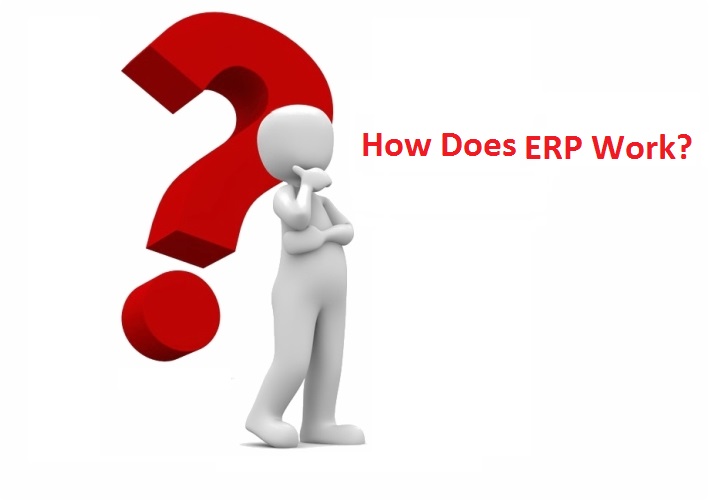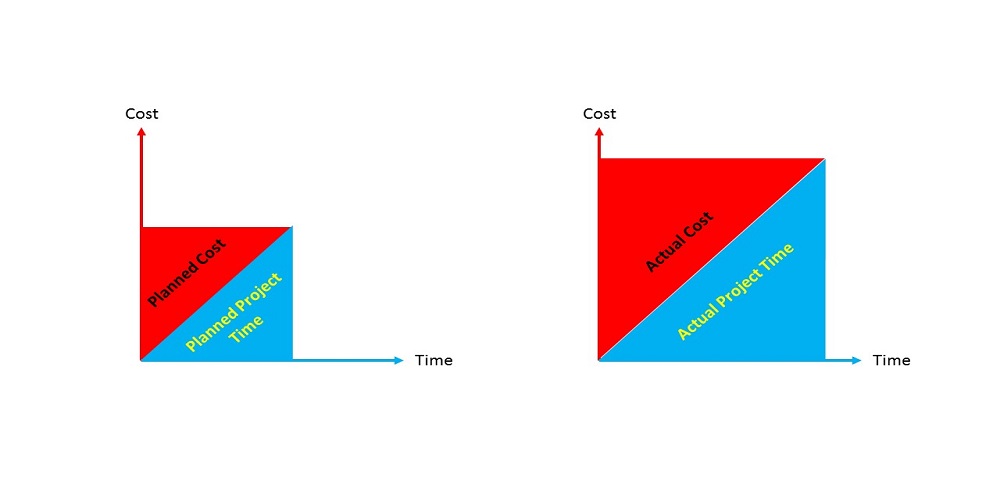You are wrong about what can ERP do. Let's make you Right about it.
Business Analyst | 13 December, 2018 (Thursday)View 3375

Enterprise Resource Planning (ERP) is known by lots of people. But majority percent does not know what it does. They think that ERP is a software solution for business that can improve business process magically which is wrong. Also, they think that just buy an ERP Software and implement it what is also wrong. So does it means and what can it do?
ERP stands for Enterprise Resource Planning. Enterprise means the whole organization.
Resource means what we have such as Manpower, Machines, space, time, material etc.
Planning is for Material Planning, Production Planning, Cost planning, Capacity Planning etc.
So ERP is not system, it’s a higher level management strategy for planning the resources of an Enterprise to control cost & time.
Now the big question is, what does ERP do actually? Great! actually it calculates the resources required on the planning stage. And then, when the execution is done, it records the actual resources used.

From planning stage, you will get the standard that you want to achieve. And after execution you will know the actual what you are capable to achieve. By comparing standard & actual, you can know the variance. And from the variance, you can find out if you are performing as per standard or not, what need be done to improve. Without knowing the variance, how you will improve? That’s the main role of ERP. By improving the variance you can achieve bellow
- Control cost
- Control time
- Manage the Company by highest level of efficiency
How ERP help to control Cost
Suppose you have a Make to Order Company. You got a Sales Order of 50,000 units X product. There were 2 different types of materials are needed to produce that Product. Now in bellow table your material requirements information is provided.
|
Material |
Quantity in Planning Stage |
Quantity after execution |
Variance |
|
Material 1 |
15,000 units |
15,500 units |
500 units |
|
Material 2 |
10,000 units |
11,000 units |
1000 units |
So, what do you get from here? Your cost is more than you expected. Means you are losing your money as well as business. Therefore, from variance you can get your business condition: you are gaining money or losing money. That variance is calculated by ERP.
How ERP help to control time
You purchased the required materials from 2 different suppliers. Below is the supplier delivery performance
|
Supplier |
Material |
Order Quantity |
Required In-house Date |
Actual In-house Date |
Variance |
|
A |
Material 1 |
15,000 units |
11-Oct-2018 |
16-Oct-2018 |
5 days |
|
B |
Material 2 |
10,000 units |
11-Oct-2018 |
11-Oct-2018 |
3 days |
From here you see that 1st material was in-housed later than the required in-housed date and 2nd material was in-housed on time. Means you lost your production time due to 1st material delay. So, from variance you can control the supplier as well as time.
How to Manage the Company by highest level of efficiency
Cost & time is the key factors of efficiency. By controlling cost & time, you can manage your Company by highest level of efficiency.
In conclusion, you can get highest level of efficiency by controlling cost & time. And variance is the key factory of improvements. Without the variance, you cannot understand the business situation: where you need to improve.













